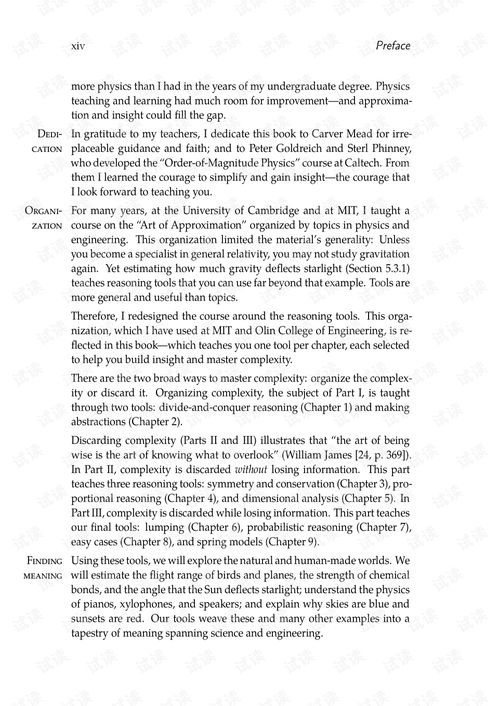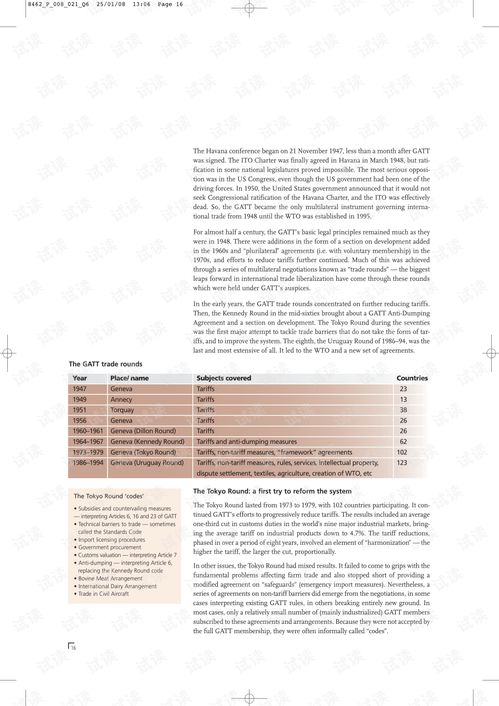本文目录导读:
- Understanding the Float
- Choosing the Right Float
- The Basics of Float Adjustment
- Advanced Techniques
- Conclusion
In the serene tranquility of a reservoir, fishing can be a therapeutic escape from the hustle and bustle of daily life. However, to truly excel in this peaceful pursuit, one must master the art of float adjustment. This article delves into the essential techniques for tuning your float to ensure a successful day out on the water.
Understanding the Float
Before we delve into the nitty-gritty of float adjustment, it's important to understand the role of the float in your fishing setup. The float, or bobber, is a device that sits on the water's surface and allows you to detect subtle movements of the line, indicating when a fish is biting. The float can be adjusted to different depths, making it a versatile tool for various fishing scenarios.
Choosing the Right Float
The first step in mastering float adjustment is selecting the right float for your reservoir fishing. Here are a few factors to consider:
- Size and Shape: Larger floats are more visible on the water's surface, which is beneficial in murky or windy conditions. Conversely, smaller floats are ideal for clear water where visibility is not an issue.
- Buoyancy: The buoyancy of the float determines how deep it will sit in the water. A float with higher buoyancy will sit closer to the surface, while a float with lower buoyancy will sink deeper.
- Sensitivity: Some floats are designed to be more sensitive, allowing you to detect even the smallest of nibbles. Others are more stable and better suited for casting long distances.
The Basics of Float Adjustment
Once you've chosen the right float, it's time to learn how to adjust it effectively. Here are the basic steps:
Attach the Leader: Begin by attaching your leader line to the bottom of the float. The leader should be long enough to prevent tangles but short enough to allow for easy adjustments.
Set the Hook: Next, attach your hook to the end of the leader. The type of hook you use will depend on the type of fish you're targeting.
Adjust the Float: To adjust the float, you'll need to add weight to the bottom of the leader. This weight will help you control the depth at which the hook sits in the water.
Test the Depth: Cast your line out into the reservoir and wait for the float to settle. Observe how the float sits in the water. If it's too close to the surface, add more weight. If it's too deep, remove some weight.
Fine-Tuning: Once you have the float sitting at the desired depth, make small adjustments to fine-tune it. This may involve adding or removing a small split shot closer to the hook or adjusting the position of the float on the leader.
Advanced Techniques
For those looking to take their fishing to the next level, here are some advanced float adjustment techniques:
Wind Compensation: In windy conditions, the float can be affected by the wind's force. To compensate, you can add a float stopper to your line, which will prevent the float from being blown too far from its intended position.

Fish Behavior: Understanding the behavior of the fish you're targeting can help you adjust the float accordingly. For example, if you're fishing for bottom feeders, you may want to lower the float closer to the bottom.
Water Conditions: The clarity and depth of the water can also influence your float adjustment. In clear water, you may need a more sensitive float, while in deeper water, a more stable float might be preferable.
Conclusion
Mastering the art of float adjustment is a skill that will serve you well on the reservoir. By understanding the basics and applying advanced techniques, you'll be able to fine-tune your fishing setup to suit a variety of conditions and fish species. So, the next time you head out to the reservoir, remember these essential techniques and watch your fishing success soar. Happy fishing!












